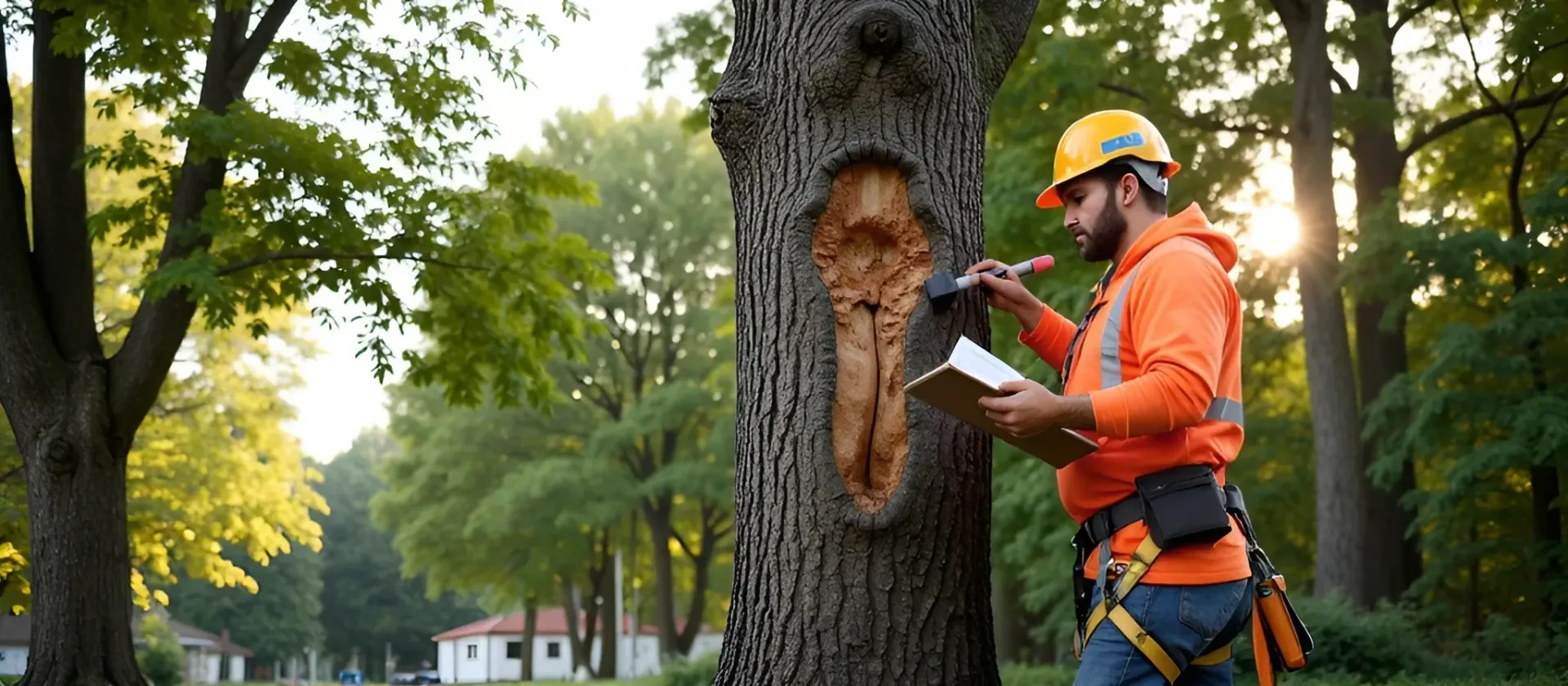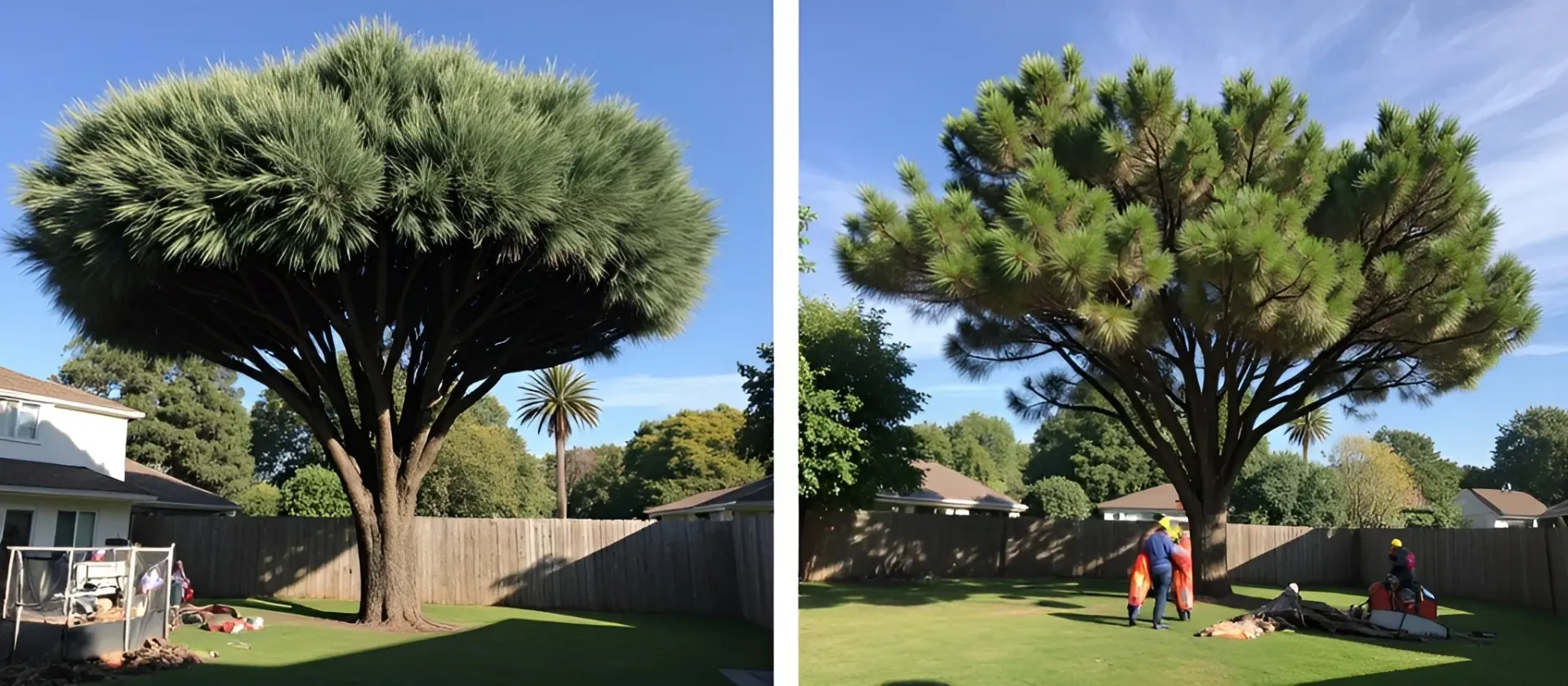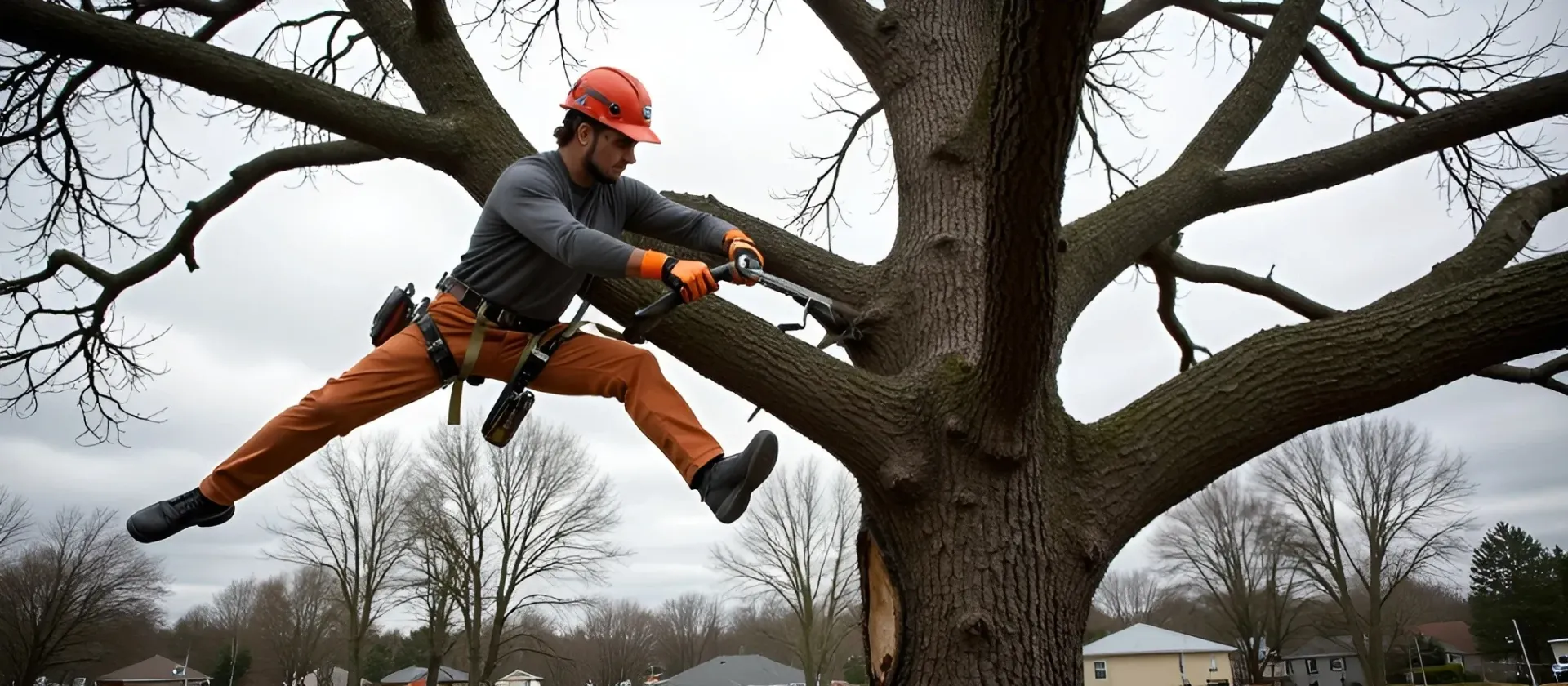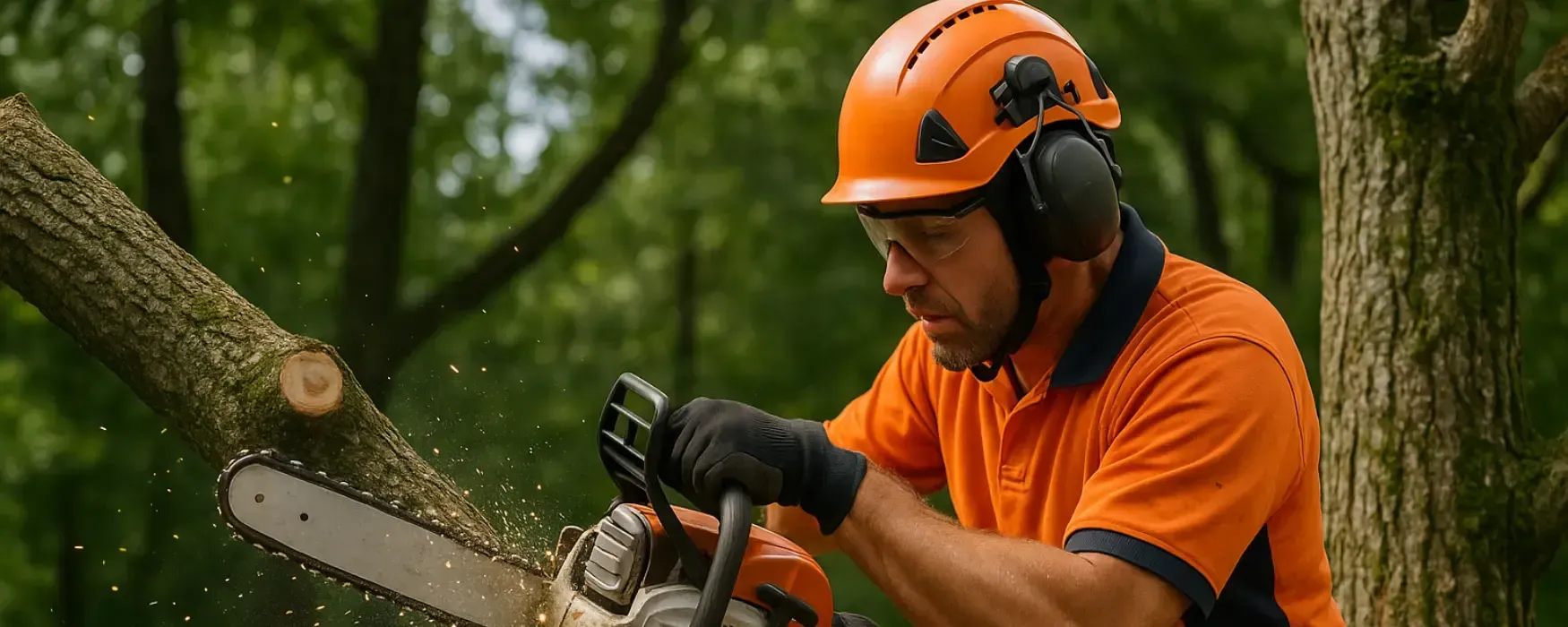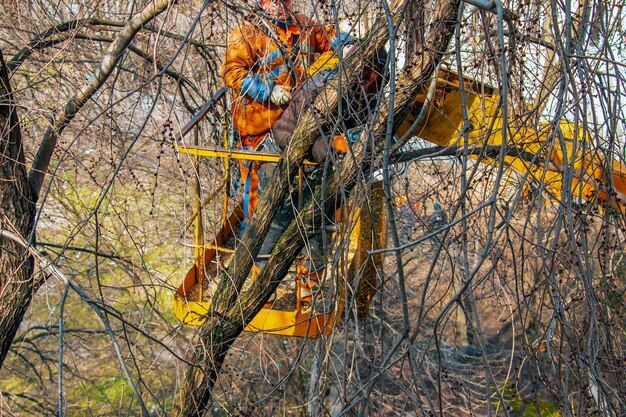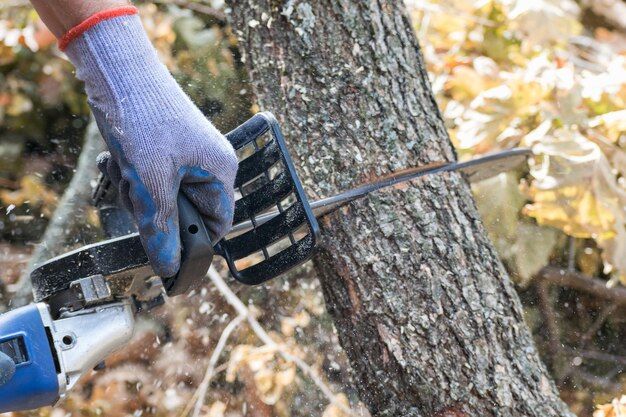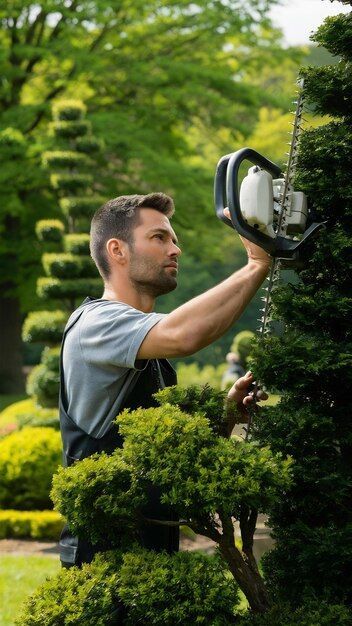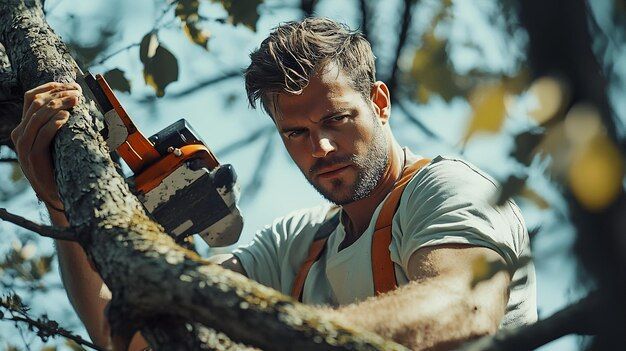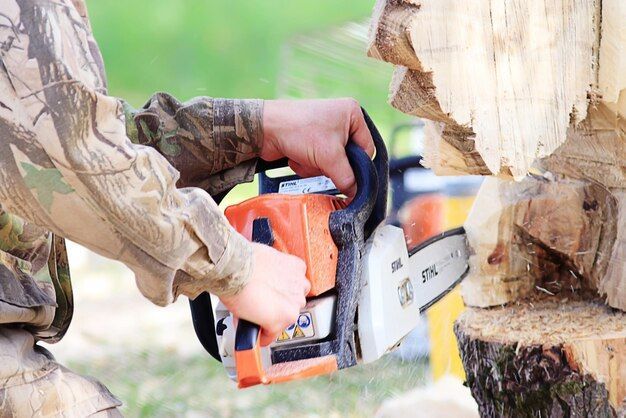Tree Cutting Techniques for Storm-Damaged Trees

A storm just rolled through, and your yard looks like a battlefield. Broken branches, split trunks, and that old oak leaning a little too much.
So, what now? Chainsaw time? Not so fast. One wrong cut, and you’re either injured or making a bad situation worse. Storm-hit trees need a strategy and plan with precision.
Let’s break down the smartest, safest way to fix this chaos.
Step 1: First, Assess the Damage (Safety First!)
Is it leaning like it’s about to bail? Are the branches barely hanging on? Is the trunk cracked like bad pottery? If so, step back. If it’s near power lines—don’t even think about it. Call a pro—it’s not worth a hospital trip.
But if it’s solid, let’s roll.
A Quick Safety Checklist:
- Look up—any hanging branches?
- Look down—any roots lifted from the ground?
- Check for cracks—splits in the trunk are bad news.
- If you hear creaking, step back. That tree might fall any second.
Want to know more about hiring the right professionals for the job? Check out Common Mistakes to Avoid When Hiring a Tree Cutting Service in Lafayette, LA to ensure you make the right choice.
Step 2: Gear Up Like a Pro
Storm-hit trees aren’t a DIY project. This is serious—sharp tools, heavy limbs, and zero room for mistakes. So forget the flip-flops and tank top. This isn’t a beach day. It’s boots, gloves, and gear that won’t fail you.
What You’ll Need:
- Chainsaw (sharp and well-maintained)
- Safety glasses (wood chips in your eyes = no fun)
- Heavy-duty gloves (protect those fingers!)
- Steel-toe boots (better safe than sorry)
- Helmet (because, gravity)
- First-aid kit (just in case)
If you’re still unsure about the tools you’ll need, make sure to check out The Essential Toolkit for Tree Cutting Services for more detailed guidance on the right equipment.
Step 3: Smart Cutting Techniques for Different Damage
Not all storm damage is the same. Each tree mess calls for a different approach. Here’s how to do it right.
Cutting Off Broken Branches
Hanging branches are a disaster waiting to happen. Cut them at the right spot—just outside the branch collar (that little bump where the branch meets the trunk). This helps the tree heal properly.
No stubs, no messy wounds. Clean cuts, always. Use sharp pruning shears for smaller branches and a chainsaw for the bigger ones. Always stand to the side to avoid getting hit when the branch falls.
Learn more about how to trim branches safely in Tree Trimming.
Splits and Cracks? Handle With Care
If a tree trunk is split but still standing, it might be salvageable. Trim off damaged parts, but don’t go too wild. If over half the trunk is split, though, the tree might be a goner. If the tree is valuable, consider bracing it with cables. A professional arborist can guide you on the best reinforcement techniques.
Pruning can be key here too—check out Tree Pruning to better understand the process of maintaining a tree after it’s been damaged.
Uprooted or Leaning Trees? Think Before You Cut
If a tree’s roots are out of the ground, it’s probably beyond saving. Cutting it down is tricky. Leaning trees have tension in the wood, which can snap unpredictably. Always cut from the outside in and never stand in the tree’s fall path. If the tree is only slightly leaning, staking it and reinforcing the roots might help it recover.
For more on how to approach leaning or uprooted trees, visit Tree Removal for additional tips.
Step 4: Help Your Tree Heal (If It’s Still Standing)
If your tree made it through the storm with only minor wounds, help it bounce back.
- Trim-torn branches neatly. Jagged cuts = bad healing.
- Don’t slap on wound dressing unless recommended. Trees heal best on their own.
- Water deeply—storm stress dries out roots.
- Mulch around the base (but not against the trunk). Think of it as a comfy blanket for the roots.
- Check for pests—damaged trees attract bugs like a free buffet.
If you want a deeper look into how proper trimming helps, see Positive Effects of Proper Tree Cutting.
Long-Term Recovery Tips
Storm-damaged trees need time to recover. Give them some extra care:
- Fertilize carefully – A light dose of slow-release fertilizer can boost recovery.
- Monitor for disease – Fungal infections and decay can set in after injuries.
- Prune wisely – Over-pruning can weaken a tree. Stick to damaged areas only.
Step 5: When to Call an Arborist (Because Sometimes, DIY Isn’t Enough)
Not every tree job is a DIY project. Some situations need a certified arborist—a tree expert who knows their stuff.
Signs You Need a Pro:
- The tree is near power lines (step away, seriously).
- You’re dealing with a massive tree (big trees = big danger).
- The tree is split down the middle (bad sign).
- You have zero experience with chainsaws (no shame in that).
- The tree has fallen on a structure (roof, fence, car).
Arborists aren’t just tree cutters. They’re tree savers.
Chopping isn’t always the answer. Love that tree? A pro might bring it back to life instead of taking it down.
Need help deciding if you need professional help? Check out Top Reasons to Hire a Tree Cutting Service in Lafayette, LA for more details.
Preventing Future Storm Damage: What You Can Do Now
Storms are unpredictable, but you can reduce the chances of severe tree damage:
- Regular pruning – Weak branches break first in storms. Keep your trees trimmed.
- Choose storm-resistant trees – Some trees handle storms better than others (oak, hickory, and bald cypress are tough).
- Plant trees wisely – Avoid placing trees too close to houses or power lines.
- Check tree health yearly – A weak tree is more likely to fail in a storm.
Final Thoughts: Stay Safe & Cut Smart
Storms leave a mess, but with the right approach, you can clean up without risking life and limb. Always assess first, cut smart, and know when to call for backup. Trees can recover, but safety comes first.
Got a storm-damaged tree? Contact us today!

